



Sluisweg 10 | 5145 PE Waalwijk | Netherlands +31 416 689 111
Contact us | stahl.com
We welcome your feedback and suggestions regarding this ESG report. Click here to share your input.

Waalwijk (Netherlands), Toluca (Mexico) and Calhoun (USA)
Waalwijk (Netherlands), Toluca (Mexico) and Calhoun (USA)
2023
11,395
2022
13,558
15,245
2021
Waste treatment
Wastewater sent for external treatment (metric tons)*
Toluca (Mexico) and Calhoun (USA)
Waste (total) intensity*
2023
1,268.22
9,094.60
189,811
7,826.38
Total production volume (metric tons)
Total waste (metric tons)
Non-hazardous waste (metric tons)
2022
1,576
1,359
13,798
11,876
0.048
0.061
0.060
229,533
193,917
10,516
12,222
2021
Waste
Hazardous waste (metric tons)
* Intensity is related to production volumes (waste PRODUCTION divided by production volumes)
Our Global Waste Management Policy aims to:
Implement effective waste management practices, enabling us to identify the most efficient methods to minimise waste and maximise the reuse or recycling of used material;
Manage the entire process to ensure full compliance with best practices; and
Enable Stahl’s local teams to understand their responsibilities under environmental law and how to maintain compliance with all relevant regulations and standards.
Waste treatment
Managing waste
TOPICS


Back to top
The policy follows what is known as the waste hierarchy, with a focus on the ‘three Rs’: reduce, reuse and recycle. The hierarchy helps us to prioritise the actions we take to manage our waste, both before and after it is created. First and foremost, our policy aims to prevent or reduce waste at source, by reusing products and materials before they become waste, by recycling waste materials into new materials and objects (or recovering them and converting them into energy), or by substituting other materials that would otherwise have been used to fulfil a particular function. Where these activities are not possible, waste is disposed of in an environmentally sound way. Sending used materials to landfill is a last resort.
The manufacture of our products generates hazardous waste from our products, raw materials, process equipment (such as sludge from wastewater treatment), laboratories and used packaging. The remaining waste is classified as non-hazardous (non-chemical) and includes glass, paper, wood, plastic, and household and demolition waste. In 2023, waste intensity (tons of waste produced per ton of product manufactured) was reduced by 22% compared to 2022. This reduction is largely due to the installation of wastewater treatment facilities at the Waalwijk site in the Netherlands. Prior to the installation of this treatment facility, all water waste from the site was sent to an external treatment facility, and was classified as hazardous waste.
REDUCING WASTE





Sluisweg 10 | 5145 PE Waalwijk | Netherlands +31 416 689 111
Contact us | stahl.com
We welcome your feedback and suggestions regarding this ESG report. Click here to share your input.

Waste treatment
2021
15,245
Wastewater sent for external treatment (metric tons)*
Waalwijk (Netherlands), Toluca (Mexico) and Calhoun (USA)
2022
13,558
Wastewater sent for external treatment (metric tons)*
Waalwijk (Netherlands), Toluca (Mexico) and Calhoun (USA)
2023
11,395
Wastewater sent for external treatment (metric tons)*
Toluca (Mexico) and Calhoun (USA)
Waste
* Intensity is related to production volumes (waste PRODUCTION divided by production volumes)
Waste (total) intensity*
2021
1,576
13,798
229,533
12,222
Total production volume (metric tons)
Total waste (metric tons)
Non-hazardous waste (metric tons)
0.060
Hazardous waste (metric tons)
Waste (total) intensity*
2022
1,359
11,876
193,917
10,516
Total production volume (metric tons)
Total waste (metric tons)
Non-hazardous waste (metric tons)
0.061
Hazardous waste (metric tons)
Waste (total) intensity*
2023
1,268.22
9,094.60
189,811
7,826.38
Total production volume (metric tons)
Total waste (metric tons)
Non-hazardous waste (metric tons)
0.048
Hazardous waste (metric tons)

Back to top
The policy follows what is known as the waste hierarchy, with a focus on the ‘three Rs’: reduce, reuse and recycle. The hierarchy helps us to prioritise the actions we take to manage our waste, both before and after it is created. First and foremost, our policy aims to prevent or reduce waste at source, by reusing products and materials before they become waste, by recycling waste materials into new materials and objects (or recovering them and converting them into energy), or by substituting other materials that would otherwise have been used to fulfil a particular function. Where these activities are not possible, waste is disposed of in an environmentally sound way. Sending used materials to landfill is a last resort.
Our Global Waste Management Policy aims to:
Implement effective waste management practices, enabling us to identify the most efficient methods to minimise waste and maximise the reuse or recycling of used material;
Manage the entire process to ensure full compliance with best practices; and
Enable Stahl’s local teams to understand their responsibilities under environmental law and how to maintain compliance with all relevant regulations and standards.
The manufacture of our products generates hazardous waste from our products, raw materials, process equipment (such as sludge from wastewater treatment), laboratories and used packaging. The remaining waste is classified as non-hazardous (non-chemical) and includes glass, paper, wood, plastic, and household and demolition waste. In 2023, waste intensity (tons of waste produced per ton of product manufactured) was reduced by 22% compared to 2022. This reduction is largely due to the installation of wastewater treatment facilities at the Waalwijk site in the Netherlands. Prior to the installation of this treatment facility, all water waste from the site was sent to an external treatment facility, and was classified as hazardous waste.
Waste treatment
TOPICS
Managing waste

REDUCING WASTE